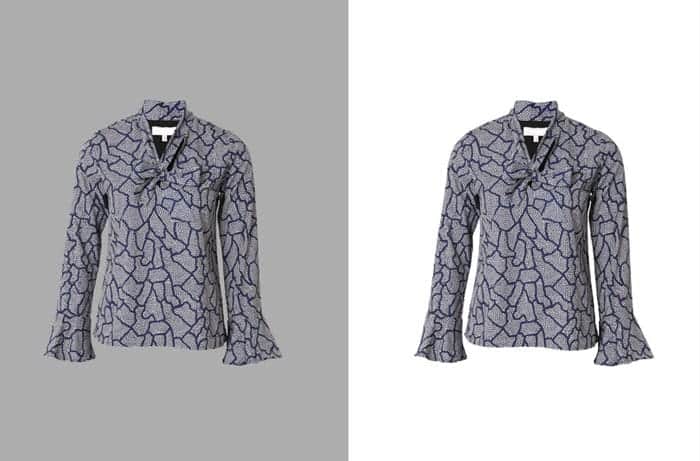Learn the Basics of Clipping Path Technique
There are many different types of photo editing and retouching techniques. One of them is clipping path. This technique has helped e-commerce business owners increase their sales and user experience. This technique is also used in many other industries, but it has in high demand in the e-commerce industry. If you are new to this technique, here are some basics about this technique.
It is basically a shape or a vector path, which is used to cut a two-dimensional image in an image editing software. All objects inside the path will be remained within the image after application of this technique, but all objects outside the path will be removed from the output. In simpler words, this technique is used to remove unnecessary and unwanted background from an image. Application of this innovative technique on a photo will result in a soft or hard edge. The type of edge you are going to get after applying this technique mainly depends on your image editing capabilities.
Different Types of Paths Included in Clipping Path
Traditionally, the inside path in this technique is defined by its direction. What this technique does is that it reverses the direction of the path, i.e. changes it from inside to outside or vice versa. There is an inclusive path and an exclusive path. The inclusive path contains what is inside the path, while the latter contains what is outside the path. Transitionally, a non-self-intersecting path is considered as an inclusive path.
Then there is a compound path which basically results from the combination of multiple paths. Then there is Boolean operations that ultimately determine what will be included in the combined multiple paths.
Applications of Clipping Path
There are many great applications of this innovative technique. The most widely used application is background removal. Other applications include clipping planes that are used in 3D computer graphics. A clipping path is also known as deep etc.




